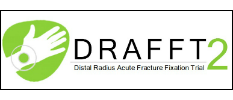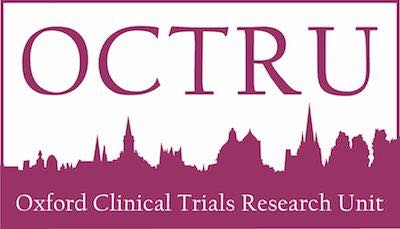The primary outcome measure for this study is:
The primary outcome measure for this study is the Patient Rated Wrist Evaluation (PRWE) score at one year after injury, between the two treatment groups on an intention-to-treat basis. The PRWE score is a validated questionnaire which is self-reported (filled out by the patient). It consists of 15 items specifically related to the function of the wrist. This data will be collected at baseline, 3, 6 and
12 months post-randomisation (see table 1). The PRWE is the most sensitive outcome measure
available for patients sustaining this specific injury [6].
The secondary outcome measures in this trial are:
1. The EQ-5D-5L (EQ-5D) is a validated, generalised, health related quality of life questionnaire consisting of 5 domains related to daily activities with a 5-level answer possibility, which will be converted into multi-attribute utility scores using established algorithm.
2. Complications; all complications will be recorded.
3. Radiographic evaluation; Standard posterior-anterior and lateral radiographs will be taken at baseline (pre-reduction, and post-reduction using the routine intra-operative fluoroscopic images from the operating theatre), and at the latest routine follow-up appointment 6-weeks, or earlier, after the injury. These radiographs are those used for the investigation of patients with a suspected fracture of the distal radius and for the follow-up of such patients following any intervention, so there will be no need to request any additional or special investigations. An assessment of the quality of the reduction and the risk of subsequent loss of reduction, using degree of palmar tilt, the ulnar variance and the presence of metaphyseal comminution as defined in Costa et al. Use of routine radiographs may result in high levels of missing data, restricting analysis to be solely exploratory.
4. Healthcare resource use will be monitored for the economic analysis. Unit cost data will be obtained from national databases such as the BNF and PSSRU Costs of Health and Social Care. Where these are not available the unit cost will be estimated in consultation with the Oxford University Hospitals finance department. The cost consequences following discharge, including NHS costs and patients' out-of-pocket expenses will be recorded via a short questionnaire which will be administered at 3, 6 and 12 months post-surgery. Patient self-reported information on service use has been shown to be accurate in terms of the intensity of use of different services.





